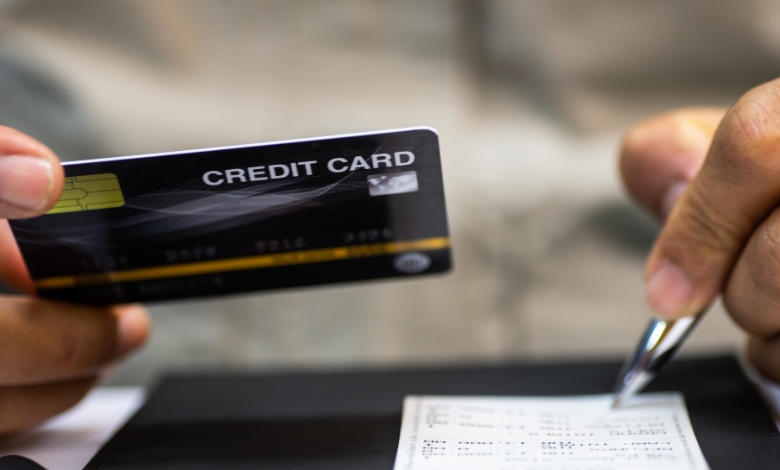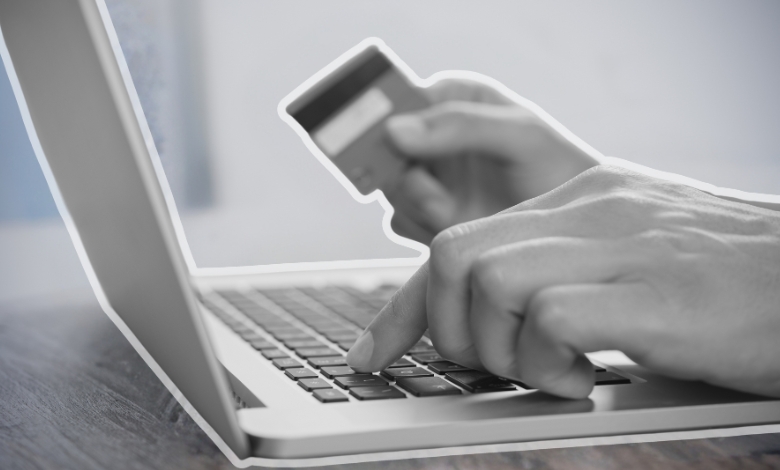Learn why Amazon Marketplace charges appear on your credit card, how to identify them, and tips to avoid unexpected fees.
Amazon Marketplace charges on your credit card can be puzzling, especially when you’re unsure of their origin. Whether it’s a transaction from an Amazon third-party seller or a subscription service, understanding these charges is essential for maintaining your financial peace of mind.
This guide breaks down everything you need to know about these charges, including common causes, how to identify them, and actionable tips to avoid unnecessary fees.
Article Breakdown
What Are Amazon Marketplace Charges?
When shopping on Amazon, transactions don’t always appear as a straightforward charge from Amazon.com. Instead, you might see Amazon Marketplace as the descriptor. These charges typically represent payments to third-party sellers who list products on Amazon’s platform.
Why Do Third-Party Sellers Charge You?
- Amazon as a Platform: Third-party sellers use Amazon Marketplace to sell their products. While the purchase is made on Amazon, the seller processes the payment, leading to a marketplace-specific descriptor.
- Regional Transactions: Sometimes, sellers operate from different regions, which may result in foreign transaction fees on your credit card.
Common Reasons for Amazon Marketplace Charges
Several scenarios can lead to a charge labeled “Amazon Marketplace.” Let’s break them down to help you pinpoint the cause.
Purchases from Third-Party Sellers
- Marketplace Model: Many items on Amazon are sold by independent businesses. Charges for such purchases are categorized under Amazon Marketplace.
- Shipping Fees: If the seller charges for shipping separately, it may appear as an additional transaction.
Subscriptions and Services
- Prime Membership: Renewals for Amazon Prime can sometimes be labeled under Marketplace charges.
- Amazon Channels: Subscriptions to streaming channels, such as HBO or Starz, might also reflect this way.
In-App Purchases
- Apps and Games: Digital purchases made through Amazon-supported apps or devices, such as Kindle or Fire TV, may fall under Marketplace charges.
Unauthorized or Fraudulent Transactions
- Unrecognized Charges: If you notice a charge you didn’t authorize, it could indicate someone used your account or credit card fraudulently.
How to Identify and Verify Amazon Marketplace Charges
Understanding the source of the charge is the first step to resolving any issues. Here’s how to investigate and clarify unexpected charges:
Review Your Order History
- Log into Amazon: Go to “Your Orders” and review recent transactions.
- Search by Date: Match the charge date on your credit card statement with your orders.
Contact Amazon Support
- Account Services: Amazon’s customer service team can help you trace the charge if it’s unclear.
- Report Fraud: If the transaction appears suspicious, Amazon can guide you through securing your account.
Check with Your Bank
If Amazon cannot verify the charge, your bank may provide additional details, such as the merchant’s full name or location.
Avoiding Unexpected Amazon Marketplace Charges
While some charges are unavoidable, there are ways to minimize confusion and prevent unexpected fees.
Monitor Your Amazon Account
- Enable Notifications: Get alerts for every transaction made using your account.
- Check Linked Accounts: Ensure family members or coworkers using your account aren’t making purchases you’re unaware of.
Verify Sellers Before Purchasing
- Read Reviews: Avoid unreliable sellers by checking ratings and reviews.
- Check Policies: Review the seller’s return and shipping policies to avoid surprise charges.
Manage Subscriptions
- Cancel Unused Services: Regularly review your subscriptions in the “Manage Your Subscriptions” section.
- Set Reminders: Note renewal dates to prevent unexpected deductions.
Handling Disputes for Unrecognized Charges
Mistakes happen, and resolving them promptly can save you time and stress.
Steps to Resolve Disputes
- Contact the Seller: Start by messaging the seller directly through Amazon’s platform.
- File an A-to-Z Claim: If the seller is uncooperative, Amazon offers buyer protection for eligible purchases.
- Inform Your Bank: For fraudulent transactions, your bank can issue a chargeback while investigating the matter.
Tips for Effective Dispute Resolution
- Keep Records: Document all communication with the seller or Amazon support.
- Act Quickly: Banks and Amazon have specific timeframes for disputing charges, so don’t delay.
Real-Life Examples of Amazon Marketplace Charges
Scenario 1: Unrecognized Small Charge
A customer notices a $2.99 charge labeled “Amazon Marketplace.” Upon investigation, they discover it’s a digital eBook purchase by their child using a Kindle device.
Scenario 2: Subscription Auto-Renewal
An unexpected $12.99 charge appears. It turns out to be the monthly renewal for an Amazon Music subscription the customer forgot about.
Scenario 3: Fraudulent Transaction
A $150 charge raises a red flag for a user who hasn’t shopped recently. After contacting Amazon, they realize their account was compromised, leading to unauthorized purchases.
Key Takings
- Amazon Marketplace charges typically represent payments to third-party sellers or subscriptions.
- Use Amazon’s order history and customer support tools to trace unrecognized charges.
- Regularly review your subscriptions and linked accounts to avoid unexpected fees.
- Dispute fraudulent or incorrect charges promptly by contacting Amazon and your bank.
- Familiarize yourself with seller policies to minimize transaction-related surprises.



